As the next season struggles to gain a foothold on our local area, so it stands to follow that the outdoor projects yearning for warmer (and drier) conditions seem to be languishing in favor of more satisfying indoor pursuits, such as clutter removal, sorting through old paper, and watching the Stanley Cup Playoffs.
This year, our house has been rooting for two teams instead of just one – the Pens and the upstart, maverick Vegas Golden Knights, featuring beloved former Pens goalie Marc-Andre Fleury.
Now that our hometown team has been eliminated, it feels as if the interest of many hockey fans in Pittsburgh is turning toward the goalie we let get away.
Here’s a few other things that have been going on.
QVHS Project Update – Latest Land Acquisitions Also Have Historic Connection

This graphic illustrates land acquired by the Quaker Valley School District for the new high school project. The area in red indicates land acquired in January from Three Rivers Trust. The area in pink indicates additional land acquired in February and March. Boundaries are approximate. – Google Maps
Since the beginning of the year, Quaker Valley has been busy gathering both community input and real estate for the proposed high school project. Starting with the massive land purchase in January from Three Rivers Trust (AKA Thomas Tull), the district has, to its credit, committed itself to transparency and accessibility about the future of the new facility, and the community’s role in planning it.
History is also represented in the district’s latest land acquisition, described by a Sewickley Herald story in late February as “seven parcels of vacant land, totalling (sic) a little more than 11 acres, at a cost of about $643,600.”
Real estate sales information published in the Herald and county real estate data revealed that the parcels were owned by or held in trust for the five adult children of the late Robert and Maria Murrer.
In 1959 Mr. Murrer, representing what was then Murrer and Phillips Inc., was the developer and sales representative for the new Quaker Heights Manor, which the Herald described in October of that year as “the first subdivision of its kind in the area…the first time that sewers and city water have been made available to the heights over-looking the Ohio River”.
Today what is now Murrer and Company is also known by the name REALStats. Dan Murrer is the public face of the company, which specializes in real estate data collection and analysis. The company provides many newspapers with that weekly sales information, and is often utilized by media outlets when reporting on housing sales and pricing trends. REALStats has a great tagline – “Knowledge is Power”.
It’s interesting that the two most significant land acquisitions and developments in this part of our area – those of Thomas Tull, and of Quaker Heights – are represented in the development plans for the new high school.
Knowledge and transparency have extended themselves to include what appears to be the district’s stated intention to build something on the hill overlooking Leetsdale, no matter what. In a February Herald story, QV Finance Director Scott Antoline and Superintendent Heidi Ondek outlined the process of initiating the required ballot referendum, as well as the possible contingency of raising property taxes in increments permissible by law to cover the cost of a new high school, should a referendum be defeated by district voters.
After spearheading these planning and information gathering efforts, Dr. Ondek announced her departure from the district in January. Whoever is eventually selected to replace her will be tasked not only with getting up to speed on district operations, but to continue what is expected to be a very active process involving an interested and well-informed community.
Heights Dispatch Transition – A Lot Changes in 20 Years
The closure in March of the police dispatch center in Sewickley Heights Borough was something of a surprise, especially to someone for whom public safety communications has been a career activity. Full disclosure – I am employed by Allegheny County in this capacity.
After reading Kimberly Palmiero’s informative story in the March 8 Herald, my memory was jogged to events of quite nearly 20 years ago, when Sewickley Borough closed their dispatch center in favor of Northwest Regional Communications, then located at the McCandless Town Hall in the North Hills. Northwest then merged into Allegheny County 9-1-1 in 2005.
At the time, Allegheny County communities were being forced to choose how 9-1-1 calls from their residents would be processed, and how their resources would be dispatched and coordinated. Northwest was but one of several regional dispatch facilities that were accomplishing the consolidation of many small municipal dispatch operations countywide. This was an often contentious process, as many communities with their own dispatch centers were not interested in change.
As a 9-1-1 Supervisor in Colorado, I was intrigued by this process, as the lack of any significant progress toward providing enhanced 9-1-1 services to Allegheny County residents was a factor in my leaving the area in 1995.
In 1998, I was surprised to read an article in a trade publication that originally appeared in the July 2, 1998 Pittsburgh Post-Gazette. Then-Sewickley Heights manager William Rohe expressed skepticism, if not outright disdain, for the 9-1-1 system, stating his belief that the privacy of residents outweighed any of the benefits of 9-1-1 or consolidated dispatch. His assertions were met with disagreement from the county’s chief 9-1-1 official.
Additionally, the Herald story about Sewickley’s transition in September of that year used the word “luxury” to describe 9-1-1 service. This got me scratching my head, having made a life-changing decision to work with others in the country who had made the provision of 9-1-1 service an essential component of what many consider government’s greatest responsibility to its citizens.
These events led me to comment in the Herald of October 21, 1998, in the form of a Letter to the Editor.
According to the Herald coverage of this year’s transition, “a significant contributing factor was that the borough promoted (J.J.) Harrison to police chief and hired a new municipal manager, so, (Mayor John C.) Oliver said, ‘we thought it was a good time to review all operations’”.
According to his LinkedIn profile, Mr. Rohe remained the borough manager up until August of last year, retiring after over 35 years of service. It’s not surprising that he may have continued to defend the status quo with same candor and vigor that he displayed in 1998.
Edgeworth is now the last municipality in the Sewickley area that chooses to employ dispatchers. Several municipalities and response agencies in this part of the county continue to do the same, or receive services from another municipality. These include Coraopolis, Crescent, Findlay, Moon, North Fayette, and the Valley Ambulance Authority.
Smile, You’re Under Surveillance in Sewickley (and Elsewhere)
Many of these small dispatch centers justify their existence through additional responsibilities over and above dispatching. In the 1990’s I worked as a part-time dispatcher in Edgeworth, Sewickley, and Avalon. In Sewickley, the dispatcher in the evening was responsible for processing the parking tickets that were paid that day. We were once told that our jobs were dependent on the revenue that those tickets generated. I never worked there again.
At Avalon, dispatchers typed the officer’s reports – on a typewriter – and monitored prisoners in holding cells via CCTV cameras. The use of such camera equipment has boomed in the decades since, thanks to technology improvements, improved connectivity, and reduced cost.

Cameras and other equipment installed at the intersection of Route 65 and Broad Street, coordinating traffic signals for this and nearby intersections.
When new camera equipment was installed in the area of the Sewickley Bridge in recent months, I took photos of the equipment and inquired of PennDOT District 11 about their use, knowing that Sewickley Borough had been approved for a grant from the state Green Light-Go program to install a system to better coordinate the traffic signals in the area of the bridge.
District 11 personnel confirmed that the cameras at the top of the light poles were indeed part of this new traffic light control system, and I can personally attest to its effectiveness in reducing traffic backups. However, there were other cameras installed on these poles which were not part of the system – PennDOT personnel speculated that “some of the other devices are police devices (security cameras or plate readers) that were in place prior to the project”.

Additional camera equipment mounted lower at the intersection.
Now intrigued about these cameras, I reached out to Sewickley Police Chief Richard Manko. He confirmed that they are used by his department for surveillance of traffic coming across the bridge and along Route 65, and that Moon Township Police have similar cameras installed on their end of the bridge.
Chief Manko also confirmed that some of the cameras employ Automatic License Plate Recognition (ALPR) technology, which can read the license
plates of passing vehicles and store the information in a database.
The chief stated that the cameras were obtained and are administered with the assistance of Allegheny County District Attorney Stephen Zappala, and referred me to his office for further comment. According to media reports in both the Post-Gazette and Tribune-Review, these are part of a growing network of cameras with ALPR systems erected at major intersections across Allegheny County, with some extension into neighboring counties.
The use of ALPR technology is controversial from a civil liberties standpoint. Both the ACLU and the Electronic Frontier Foundation have issued alerts to the public, filed open records requests for data collected as part of ALPR surveillance, and in at least one state successfully litigated law enforcement agencies’ refusal to release this data under public records laws.
In Pennsylvania, an attempt to place controls on the manner and use of ALPR has passed the House, and is being considered in the state Senate. According to the co-sponsors of House Bill 1811 –
Our concern isn’t whether or not to use ALPRs to collect the data since they can be an invaluable tool for law enforcement, but rather the right to have the information of Pennsylvanians kept private if they are doing nothing wrong.
One of these co-sponsors is Rep. Rob Matzie (D-Ambridge), whose district includes Leetsdale and Leet Township. He confirmed in an email that the bill’s exact language, which allows for the use of ALPR for “legitimate law enforcement purposes”, “does NOT include passive surveillance at intersections with the sole purpose of data collection”.
Contacted for comment via email regarding the above, District Attorney spokesperson Mike Manko stated –
Our office would not have any comment on pending legislation. District Attorney Zappala has gone on record repeatedly endorsing the use of surveillance cameras and the use of license plate recognition to assist in criminal investigations and prosecutions and to create virtual checkpoints throughout Allegheny County. Should the general assembly pass any regulations and / or laws regarding the use of such technology, our office will deal with it at that time.
I also reached out to the ACLU’s Pennsylvania chapter for comment. Communications Director Andy Hoover stated via email –
We have no position. It’s better than the limitations that exist now, which are none, but we cannot support the bill because there are privacy concerns with the time period allowed for data retention, which is six months. That’s too long. The data that is not needed for an investigation should be deleted within days. Weeks at most.
I spoke briefly with Rep. Matzie on May 5. He stated that the earliest likely time frame for consideration by the Senate will be in the fall, with the end of the current session at year’s end looming as a hard deadline.
This should give some time those that are concerned about the availability of this technology and how it is utilized to learn more, and/or contact their state senator concerning the bill.
As a public safety professional, I recognize the value of this technology to law enforcement. As a citizen, I am concerned with the appropriate, accountable use of the technology to achieve those ends.
This bill goes as far as one can reasonably expect to establish a middle ground between public safety and the right to privacy.
The Parking Dead 2.0
The minutes of Sewickley Council’s March meeting included the surprising information that the entire board of the Sewickley Parking Authority had resigned en masse. I say this is surprising because there was no reporting of this in any media outlet that I can locate. Well, maybe not so surprising…
More recently, at least one authority board member expressed frustration over the manner that citizens took advantage of the free parking offered during last year’s holiday shopping season.
Sewickley Mayor Brian Jeffe was one of the 5 board members that resigned. I reached out to him about the reasons behind it, and he replied via email.
Sewickley Borough Council created the Parking Authority a few years back. The goals for the Authority were pretty simple; address the outdated coin meter (only) parking while underwriting potential long-term solutions for additional parking. As years passed there developed a disconnect between the two parties over the “vision” of parking in town. More importantly, the dialogue between the two groups oftentimes became confrontational. I am a HUGE advocate of volunteering and it made no sense to me, and the other four Authority members, to have volunteering neighbors argue over a shared concern. We opted to quietly resign to diffuse the growing tension and Council has since appointed 5 new members.
One of those new board members is Richard Webb. I recently asked him via email about his vision for the short and long-term operations of the authority, as well as any thoughts about the future planning for any major improvements such as a parking garage. He replied –
We are in the process of researching all of the issues involved in the regulation and administration of the Borough’s parking assets and I think it will be a few months before we come together as a board and set a short and long-term direction.
Regarding the issue of a parking structure, I think the Authority will continue to research any and all options to manage the supply of parking spaces in the Village. How you get to a financially viable supply will probably be a source of continuing debate.
In reviewing the available history of the Parking Authority via media archives, it appears that it has been primarily a fiduciary mechanism activated by the borough whenever improvements need to be made to parking infrastructure.
The reported “disconnect” between the borough and the previous board members may have had its roots in the board members deviating from whatever scope of operations that the borough may have defined for them – perhaps for having the audacity to express opinions that did not fit within the borough’s narrative regarding this important issue.
The latest iteration of the authority will continue their work on Monday, May 21. Best wishes to them for taking on some challenging subject matter that may lead to some inconvenient truths – not only about the future of parking, but of the business district itself.
Concluding Optimistically
Last month Leslie and I attended the inaugural event sponsored by Welcoming Everyone, held at St. Andrew’s Presbyterian Church. We enjoyed the simple meal, and the chance to interact with fellow area residents.  Some faces were familiar – it was good to see Mayor Jeffe there, and to meet people whose only prior familiarity I had was via social media. Looking forward to their future events, and more interest from the community at large.
Some faces were familiar – it was good to see Mayor Jeffe there, and to meet people whose only prior familiarity I had was via social media. Looking forward to their future events, and more interest from the community at large.
The Herald’s new website, SewickleyHerald.com, went live this past week. This effort seems to have as its core premise a commitment to facilitating hyperlocal online reporting and event promotion. The site looks to be a promising platform for a level of community engagement not seen since Patch downsized some years ago.
Looking forward to the fulfillment of that promise, especially regarding improved coverage of local government. Perhaps there will be opportunities for interested citizens to assist in that process. I hope so…

I guess we’ll just have to wait and see.
Have a great Spring ahead.








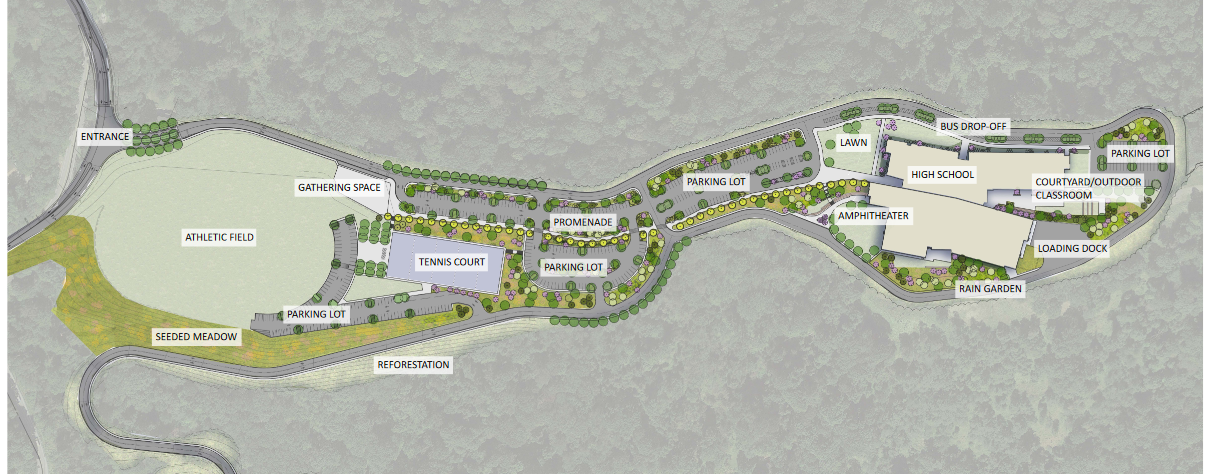
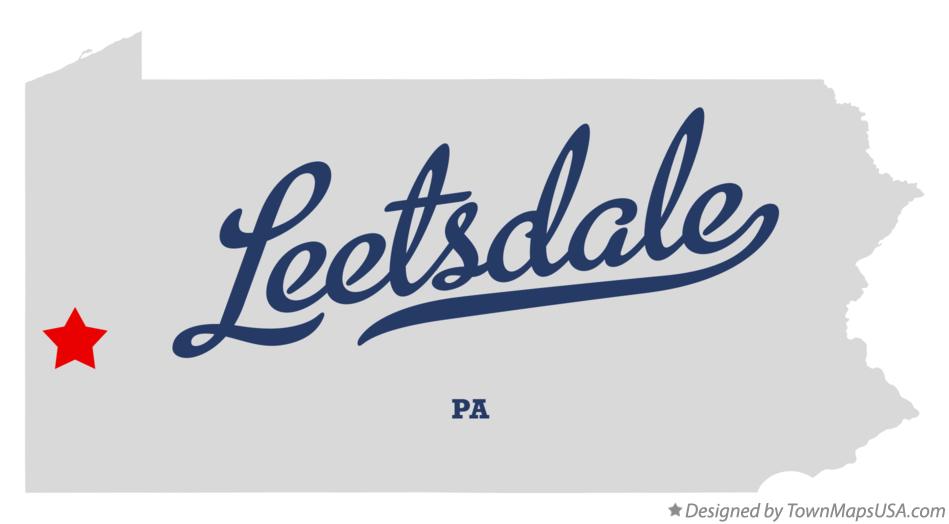
















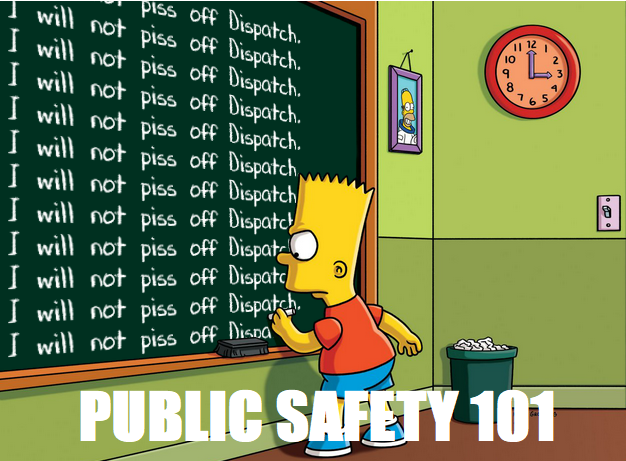
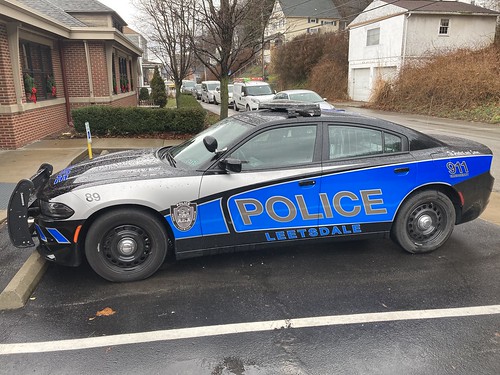
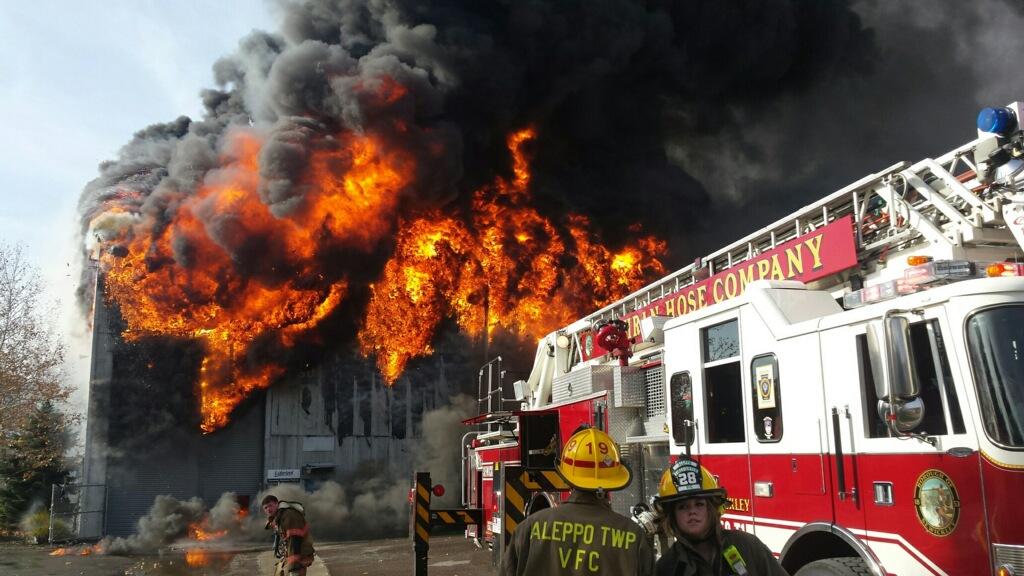
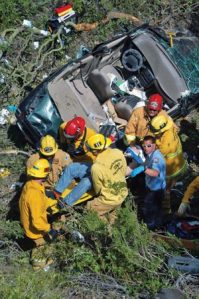









Pingback: Timely Updates on Things Ongoing | John Linko
Pingback: Looking Back, Moving Ahead in Sewickley | John Linko
Pingback: Winter Digest – Reorganization, Resolve, Revelation…and Rachmaninoff | John Linko